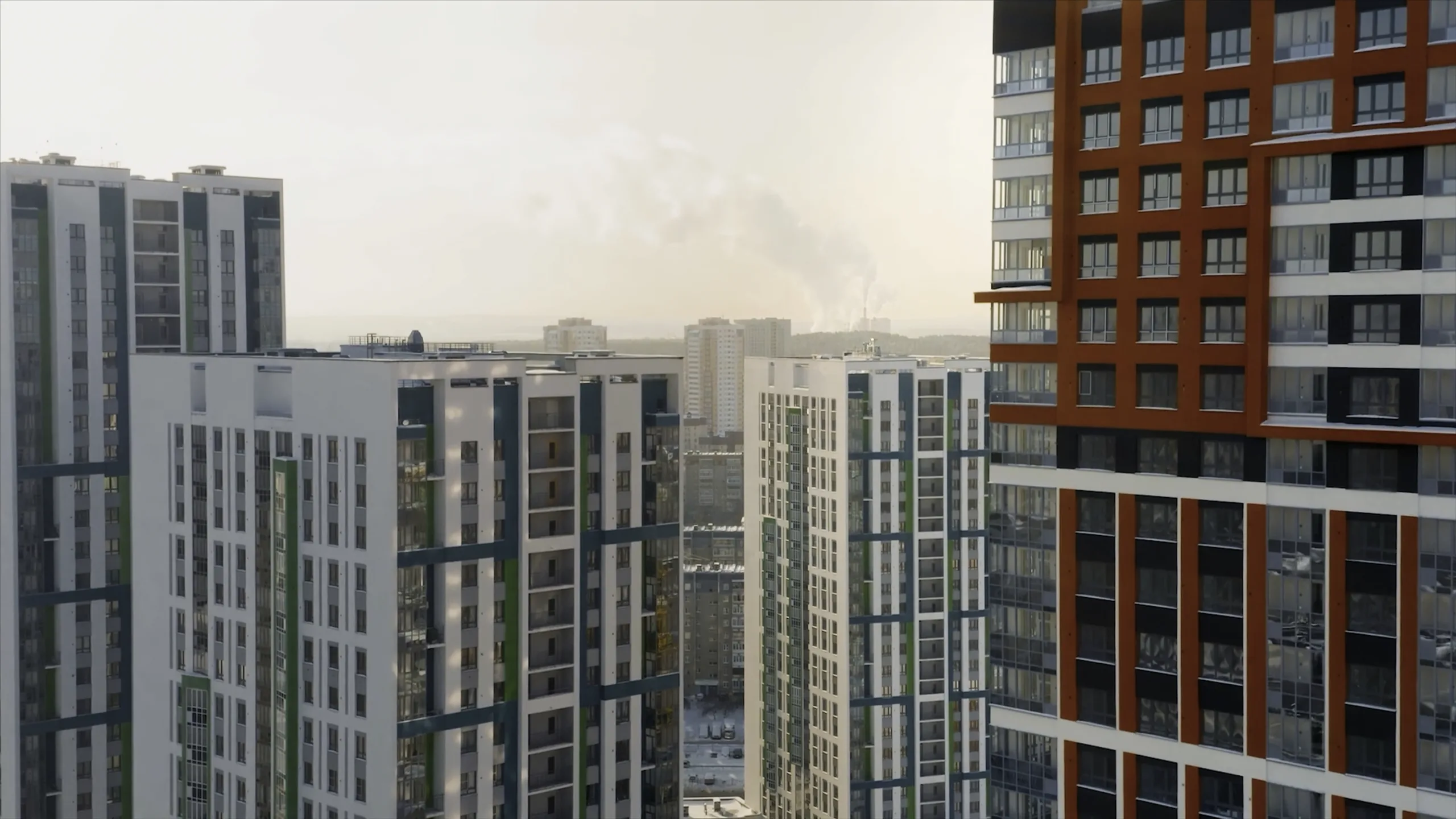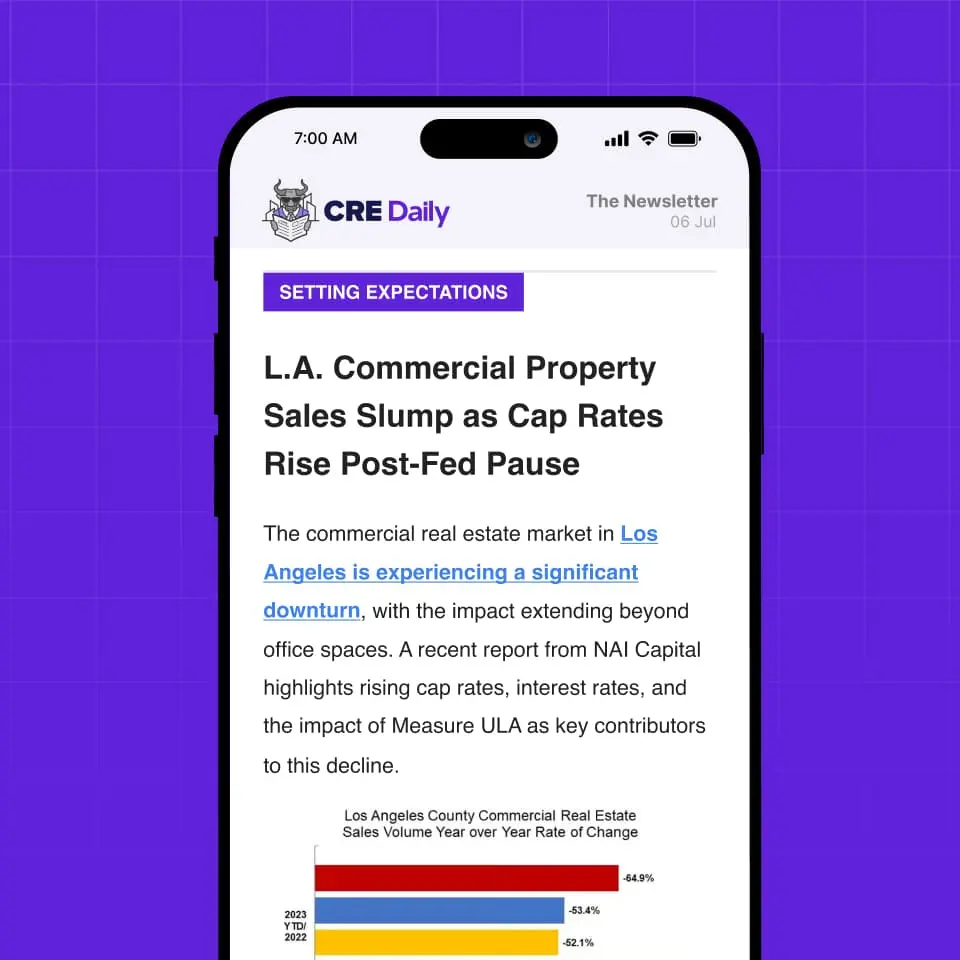- 69% of employers now track compliance with office attendance policies, up from 45% in 2024, and 37% have taken enforcement action.
- The lack of policy and enforcement remains the biggest barrier to higher attendance, but most firms now have written expectations.
- While hybrid schedules still dominate, more companies are moving toward requiring four or five in-office days per week.
Five years after the pandemic normalized hybrid work, more US employers are cracking down on office attendance, reports CoStar. Nearly seven in 10 companies now track attendance policy compliance, according to CBRE’s 2025 Americas office occupier sentiment poll. This is up sharply from last year. Firms are taking these steps as they seek to align expectations with reality.
A Shift Toward Structure
Of the 184 companies surveyed, 85% have communicated an attendance policy to employees. Enforcement actions have more than doubled since 2024. CBRE found that a lack of policy and enforcement remains the biggest factor keeping attendance from increasing, prompting employers to take more action.
Get Smarter about what matters in CRE
Stay ahead of trends in commercial real estate with CRE Daily – the free newsletter delivering everything you need to start your day in just 5-minutes
What The Numbers Show
- 72% of employers say they’ve met their attendance goals, compared to 61% in 2024.
- More than half of those goals call for three in-office days per week.
- The share of companies expecting four or five days in the office rose to 26% from 23% last year.
- Just 3% expect only one day a week in the office.
Employers want an average of 3.2 in-office days per week, while employees currently show up 2.9 days. Smaller firms (under 500 employees) average 3.4 days, while the largest companies (10K+ employees) average 2.5 days and have the weakest enforcement rates.
Rethinking The Workplace
With hybrid work entrenched, companies are experimenting with ways to make offices more appealing—especially on off-peak days. Assigned seating is fading fast, now used by just 25% of companies compared to 40% in 2024 and 56% in 2023.
Implications For Office Space
CBRE reports that 67% of companies expect to maintain or expand office space over the next three years. The share anticipating contraction has fallen from 53% in 2023 to 33% this year. Demand for premium office space remains strong, with prime vacancy rates 4.4 percentage points lower than nonprime. Companies in key commercial hubs are facing tight supply for high-quality space, fueling a “flight to quality” even as overall vacancy hovers near 19%.
Why It Matters
The survey underscores a gradual shift from pandemic-era flexibility toward more structured in-office requirements. While hybrid work remains the preferred strategy, employers are tightening expectations and investing in quality space to attract workers back. Many are choosing less space over lower-quality offices.

















